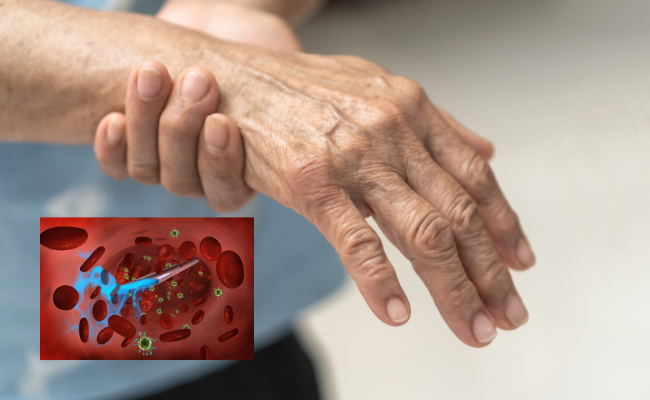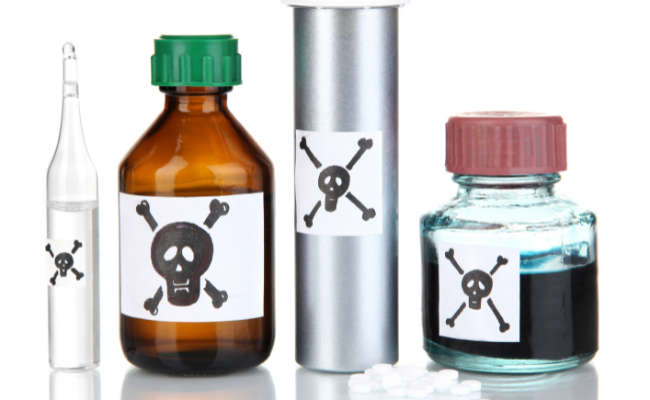How to Treat Spider Envenomation?
- December 12, 2023
- No Comments
What is Spider Envenomation?
Spider envenomation occurs when a spider injects venom into its prey or perceives a threat, such as from a human. While most spider bites are harmless, certain species have venom that can cause reactions ranging from mild irritation to severe complications due to the complex composition of spider venom.Although the majority of spiders are not harmful to humans and rarely bite, they all produce venom. However, the fangs of most spider species are too small to penetrate human skin. Spiders, as arachnids, share the classification with scorpions, mites, and ticks, characterized by their possession of eight legs. They play a crucial role in ecosystems by serving as natural pest control agents, actively consuming insects and safeguarding crops from potential damage.
Why is Spider Envenomation a Concern?
Spider envenomation is a concern due to the potential for adverse reactions that can result from exposure to spider venom. The severity of the envenomation depends on factors such as the type of spider, the amount of venom injected, and the individual's unique sensitivity to the venom. While many spider bites lead to localized symptoms, some species, notably the black widow and brown recluse, are known for their potent venom that can cause systemic effects.
The symptoms of spider envenomation can manifest in various ways. Common localized reactions include pain, redness, swelling, and itching at the bite site. However, in severe cases, individuals may experience muscle pain, cramps, nausea, vomiting, fever, and difficulty breathing. The potentially life-threatening consequences of certain spider bites highlight the importance of understanding and addressing spider envenomation promptly.
How to Identify Spider Envenomation?
- Identifying spider envenomation involves recognizing the symptoms associated with a spider bite. The appearance of the bite site can vary depending on the spider species. Common signs include redness, swelling, and pain at the site of the bite. In more severe cases, the affected area may develop blisters, ulceration, or necrosis. Systemic symptoms such as fever, muscle cramps, and nausea may also occur. It's crucial to seek medical attention if there's uncertainty about the spider species or if severe symptoms manifest.
- In some instances, individuals may not be aware of the spider bite immediately, as not all bites are painful. Therefore, unexplained symptoms should prompt a closer inspection of the affected area and consideration of potential spider envenomation.
Treatment Solutions for Spider Envenomation
- Clean the Bite Site: The first step in treating spider envenomation is to thoroughly clean the bite site with mild soap and water. This helps remove any potential contaminants and reduces the risk of infection.
- Apply Cold Compress: To alleviate pain and reduce swelling, applying a cold compress or ice pack to the affected area is recommended. It's important to wrap the ice pack in a thin cloth to prevent frostbite and apply it intermittently.
- Elevate the Limb: If the spider bite occurs on a limb, elevating it can help minimize swelling by promoting drainage of lymphatic fluid away from the affected area.
- Pain Medications: Over-the-counter pain relievers such as acetaminophen or ibuprofen can be used to manage pain and reduce inflammation associated with the spider bite.
- Antihistamines: For itching and mild allergic reactions, antihistamines like diphenhydramine can provide relief. However, caution should be exercised, especially with systemic symptoms, as antihistamines may not be sufficient in severe cases.
- Seek Medical Attention: If symptoms are severe or if there is uncertainty about the spider species, seeking prompt medical attention is crucial. Healthcare professionals may administer antivenom for certain spider bites or provide supportive care for symptoms.
Benefits of Prompt Treatment for Spider Envenomation
- Prevention of Complications: Early treatment plays a crucial role in preventing complications associated with spider envenomation. The prompt cleaning of the bite site and application of first aid measures significantly reduce the risk of secondary infections.
- Pain Relief: Timely administration of pain medications and the application of cold compresses provide effective relief from pain and discomfort associated with spider bites, contributing to a more comfortable recovery process.
- Reduction of Swelling: Elevating the affected limb and using cold compresses help minimize swelling, promoting faster recovery and reducing the impact of venom on surrounding tissues.
- Prevention of Secondary Infections: Proper cleaning of the bite site not only reduces the risk of immediate complications but also lowers the likelihood of secondary infections, which can occur if bacteria enter the open wound.
- Effective Management of Systemic Symptoms: Seeking medical attention promptly allows for the effective management of systemic symptoms. Healthcare professionals can assess the severity of the envenomation and administer appropriate treatments, including antivenom if necessary, to address severe reactions and prevent further complications.








.jpg)
Comments (0)
No comments yet